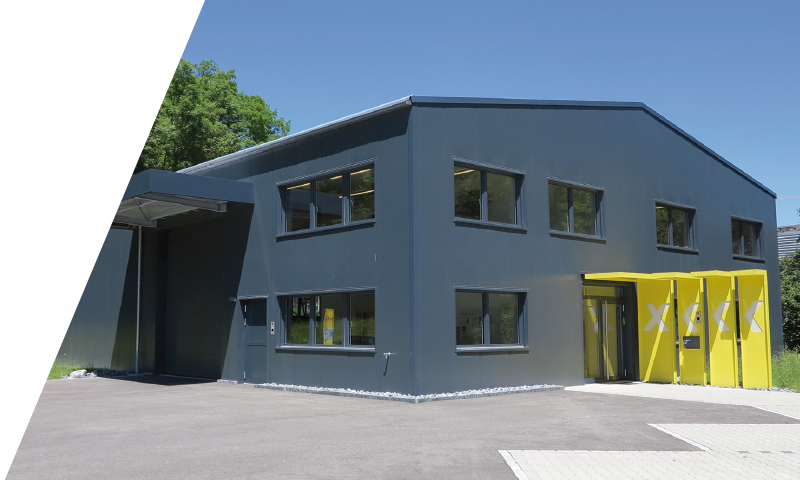
- Home
- Products
- DC/DC Converter Railway Input: 24 V, 36 V, 72 V, 110 V - Chassis mount.
- DC/DC Converter Railway Input: 24 V, 36 V, 72 V, 110 V - Open frame.
- DC/DC Converter Railway Input: 24 V, 36 V, 72 V, 110 V - PCB Mount.
- DC/DC Converter Railway Input: 24 V, 36 V, 72 V, 110 V - DIN Rail.
- DC/DC Converter Railway Input: 24 V, 36 V, 72 V, 110 V - 19" Eurocard.
- DC/DC Converter Railway Input: 24 V, 36 V, 72 V, 110 V - 16.8 kVAC Isolation.
- DC/DC Converter Railway Input: 750 V, 1500 V.
- AC/DC Converter Railway Input: 115, 230 VAC - Chassis mount - Open frame - DIN Rail.
- DC/DC and AC/DC Converter Custom.
- DC/DC and AC/DC Converter Retrofit.
- DC/DC and AC/DC Converter Medical.
- UPS Uninterruptible Power Supply.
- USB Charger Railway.
- Applications
- Resources
- Active Inrush Current Limiter.
- Operating temperature -50°C.
- Galvanic isolation up to 16.8 kVAC.
- Insulationtest DC-DC Converter EN/IEC 60950-1 and IEC 62368-1.
- Mechanics.
- Power Boost - double output current at overload and short circuit.
- Circuit Breaker for DC-DC Converter – how to select.
- Power Modules vs. Complete Power Supply Units.
- Standards
- About intreXis
- News
- Contact

DC-DC Converter compliant to Railway Standard EN50155
Railway applications - Electronic equipment used on rolling stock
intreXis AG has an extensive experience in the design of DC-DC converters according to the EN 50155 and has already developed many power supplies for railway applications. The intreXis DC-DC Converters are fully compliant to the latest version of the standard EN 50155:2021. DC-DC converter for use "on rolling stock" differ in essential points from standard equipment.
Temperature:
For the DC-DC converter, usually the so-called "Operating temperature class" is relevant. The standard defines the classes OT1 (-25 .. +55°C), OT2 (-40 .. +55°C), OT3 (-25 .. +70°C), OT4 (-40 .. +70°C), OT5 (-25 .. +85°C) and OT6 (-40 .. +85°C).
In addition defines the standard new the "Switch-on extended operating temperature" classes ST0, ST1 and ST2.
intreXis DC-DC converters meet the most demanding class OT6 respectively OT4 + ST1&ST2. This means the full output power is available throughout the widest and extended temperature range class from -50°C to 85°C, without derating and without fan.
Input voltage:
According to the standard the system voltage can vary in the range 0.6 UN and 1.4 UN, This results in the following voltage ranges:
- Nominal 24 V: 14.4 .. 33.6 V
- Nominal 36 V: 21.6 .. 50.4 V
- Nominal 72 V: 43.2 .. 100.8 V
- Nominal 110 V: 66 .. 154 V
The ultra-wide input voltage of the range of the intreXis Boardnet Converter Platform allows the use of the intreXis DC-DC Converters in railway applications with all nominal input voltages (24 V, 36 V, 48 V, 72 V, 110 V) without changing the configuration.
Interruptions of voltage supply:
Due to a short circuit on a DC supply distribution line the input voltage may reduce to 0 V for a short period. There are three classes of interruption:
- S1: In case of voltage interruption, no performance criterion is requested but the equipment shall continue to operate as specified after the voltage interruption.
- S2: In case of voltage interruption up to 10 ms the output voltage of the converter should not drop
- S3: In case of voltage interruption up to 20 ms the output voltage of the converter should not drop
Vibration:
The devices must be shock and vibration resistant. The EN50155 refers to the relevant standard EN 61373.
EMC:
For the electromagnetic compatibility is a test according to the standard EN 50121-3-2 required. The most important criteria are:
- Conducted emissions 150kHz - 30MHz: basic standard EN 55016–2-1 but higher limits then class A: 150 kHz - 500 kHz 99 dBµV quasi-peak, 500 kHz - 30 MHz 93 dBµV quasi-peak
- Radiated emissions 30MHz - 1GHz: basic standard EN 61000-6-4, limits class A
- Fast transient bursts: basic standard EN 61000-4-4, ±2kV
- Surges: basic standard EN 61000-4-5 but higher source impedance (42R instead of 2R), ±2kV line to ground, ±1kV line to line
Convince yourself about the advantages of the ex stock available intreXis DC-DC Converters for Railway Applications!
>>Datasheets DC-DC Converter Railway...
About Intrexis
Power Supplies for Railway Applications
Driven by our passion for technology and performance, here at intreXis, we are constantly researching ways to develop more efficient and improved solutions for our products. That is why intreXis Power Supplies now provides the most complete portfolio for railway applications on the market today.

